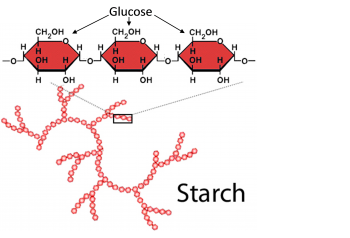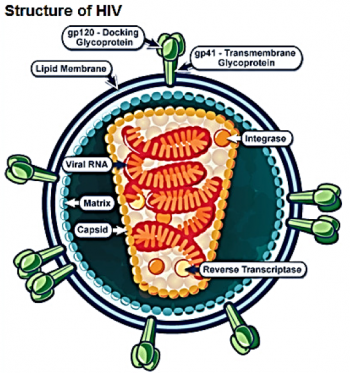Serendip is an independent site partnering with faculty at multiple colleges and universities around the world. Happy exploring!
biology

Half the Sky
Hey everybody, I don't really know if this has any place in this Ecological Imaginings class, but maybe if we can imagine the preservation of women to be a form of ecology, not unlike the preservation of all plant life, animal life.
I just wanted to call everyone's attention to this excellent documentary currently being shown on PBS on Mon & Tues nights at 9:00 PM. I imagine you guys have lots of time to watch films, yeah! But this is an amazing series.
"Half the Sky" about gender based violence.
Here's the link to the first & second segment:
http://video.pbs.org/video/2283557115
http://video.pbs.org/video/2283558278

GLSEN Respect Award--Rich Espey HC'87
Haverford's home page features an interview with Rich Espey, who teaches middle school science at the Park School in Baltimore, and recently received the GLSEN Educator of the Year award. (Rich, who is a gay man and an accomplished playwright, did his senior thesis research in my lab.) Rich was honored for his work in developing the program, "Putting Gay in a Positive Context," with other teachers at his K-12 school. They created a superb website of gay resources for teachers, which are organized by age of students, subject, advocacy, and support for teachers. I hope you will check it out!













 This analysis and discussion activity introduces students to the biology of HIV infection and treatment, including the molecular biology of the HIV virus lifecycle and the importance of understanding molecular biology and natural selection for developing effective treatments.
This analysis and discussion activity introduces students to the biology of HIV infection and treatment, including the molecular biology of the HIV virus lifecycle and the importance of understanding molecular biology and natural selection for developing effective treatments. In this minds-on analysis and discussion activity, students learn how a mistake in meiosis can result in Down syndrome. Students also analyze karyotypes to learn how other mistakes in meiosis can result in the death of an embryo. Finally, students consider how a health problem can be genetic, but not inherited.
In this minds-on analysis and discussion activity, students learn how a mistake in meiosis can result in Down syndrome. Students also analyze karyotypes to learn how other mistakes in meiosis can result in the death of an embryo. Finally, students consider how a health problem can be genetic, but not inherited.

